MALE KINKAJOU
$1,550.00
MALE KINKAJOU
The Dudes of the Rainforest: Unveiling the Male Kinkajou
Male kinkajous, also known as honey bears, are fascinating creatures that add their own unique flavor to the rainforest ecosystem. While they differ from females in social behavior, they play a crucial role in maintaining a healthy kinkajou population. Here’s a closer look at these intriguing rainforest dwellers:
Appearance:
- Size Matters: Males are the bigger fellas, sporting a head-and-body length ranging from 47 to 68 cm (18 to 27 in). This is in contrast to the slightly smaller females who typically measure 42 to 57 cm (17 to 22 in).
- Shared Traits: Despite the size difference, both sexes share many physical characteristics:
- Golden Coat: Their fur is typically a soft, dense, and short golden brown, although variations in color can occur depending on location.
- Night Vision Prowess: Large, forward-facing eyes equip them with excellent night vision, a necessity for navigating the rainforest at night.
- Sweet Tooth Tools: A short snout and a remarkably long, extendible tongue (up to 20 cm or 8 inches!) are the perfect tools for reaching deep within flowers and crevices to extract nectar and insects.
- Gripping Claws: Sharp, curved claws provide excellent grip on branches, allowing them to maneuver skillfully through the rainforest canopy. kinkajou for sale
- Prehensile Tail Advantage: Their long, prehensile tail acts like an extra limb, enabling them to grasp branches and swing effortlessly from tree to tree.
Social Life:
- Going Solo: Unlike the family-oriented females, males tend to be solitary creatures. They primarily interact with females during the breeding season and may have overlapping territories with several females. This solitary lifestyle reduces competition for food resources within the group.
- Dominance Hierarchy: Some kinkajou species exhibit dominance hierarchies among males. Larger and older males often have priority access to mates and resources like preferred feeding areas. This hierarchy can be established through scent marking, displays of dominance, or even minor altercations.
Reproduction:
- Breeding Season: Similar to females, mating typically occurs during the rainy season, which can vary depending on the specific location.
- Competition for Mates: During breeding season, males compete with each other for breeding rights with females. This competition can involve displays of dominance or even physical altercations.
- Limited Paternal Role: After mating, males play no role in raising the young. The responsibility of caring for the kits falls solely on the females and other females within the family group.
Special Adaptations:
- Scent Communication: Males have scent glands located on their chests, which they use to mark their territory and potentially attract mates. These scent markings help females identify receptive males during breeding season.
- Champions of Climbing: Their prehensile tails and sharp claws make them exceptional climbers, just like females. They can navigate the dense rainforest canopy with agility, searching for food and escaping predators. exotic animals for sale
Importance of Male Kinkajous:
While they don’t participate in raising young, male kinkajous play a vital role in the genetic diversity of the kinkajou population. Their larger size and potential for competition during breeding season help ensure strong genes are passed on to the next generation. Additionally, their interactions with females during breeding season contribute to the overall health and sustainability of kinkajou social groups. kinkajou pet
By understanding the distinct roles of both males and females, we gain a more complete picture of kinkajou social dynamics and their importance within the rainforest ecosystem. kinkajou animal



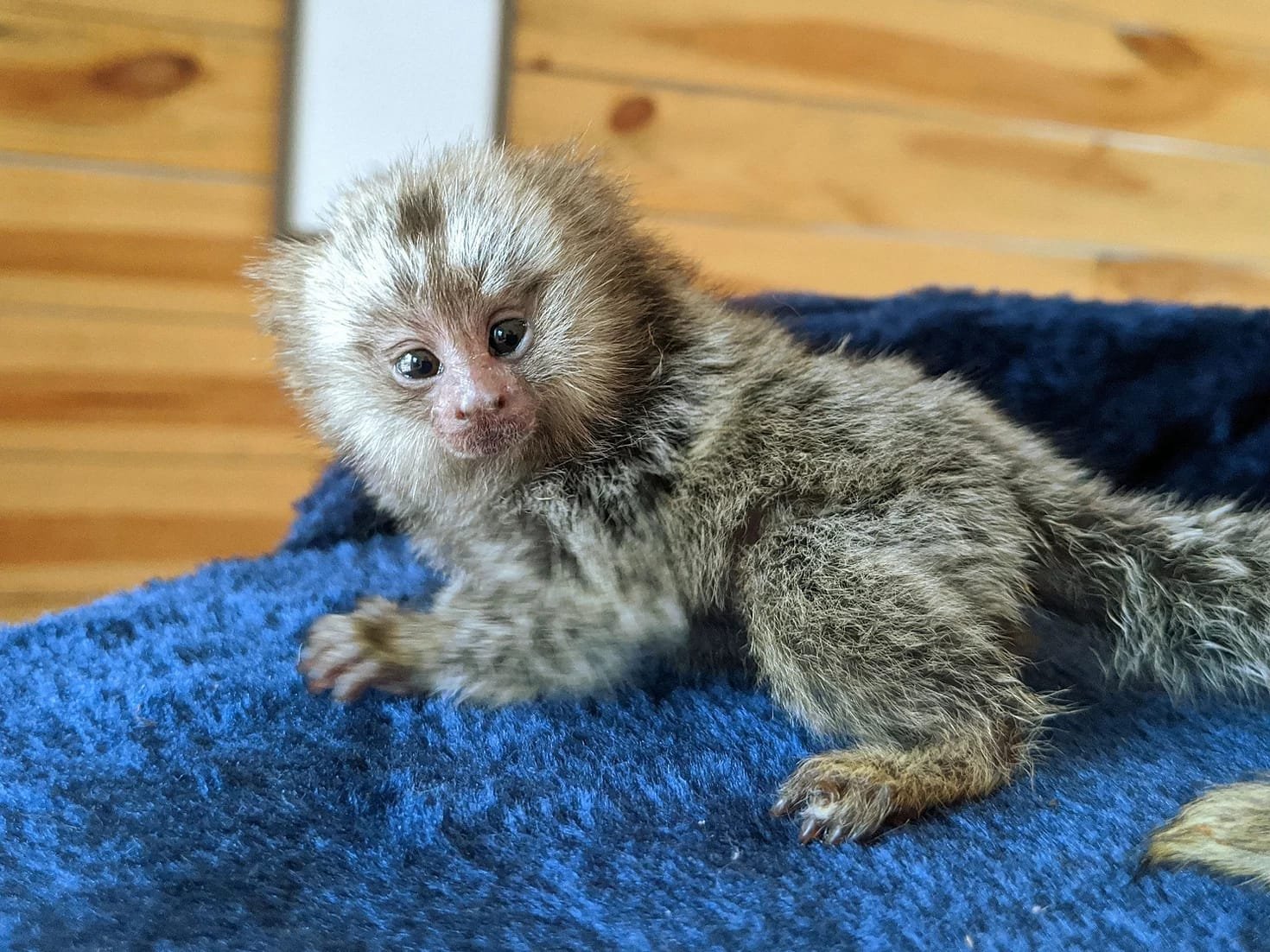
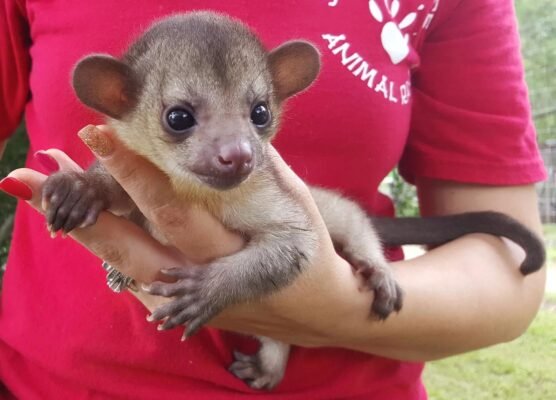
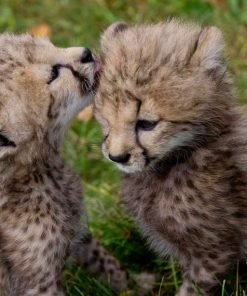

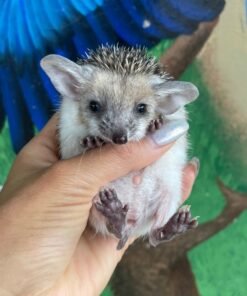

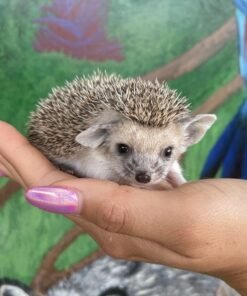
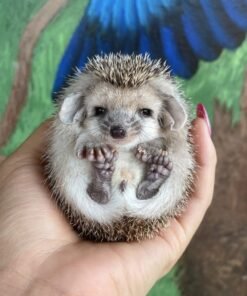
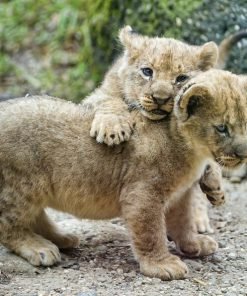


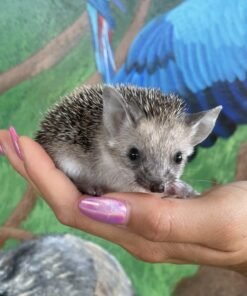
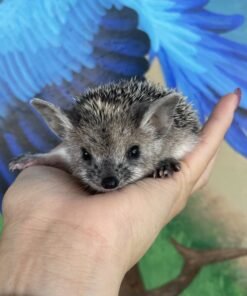
Be the first to review “MALE KINKAJOU”